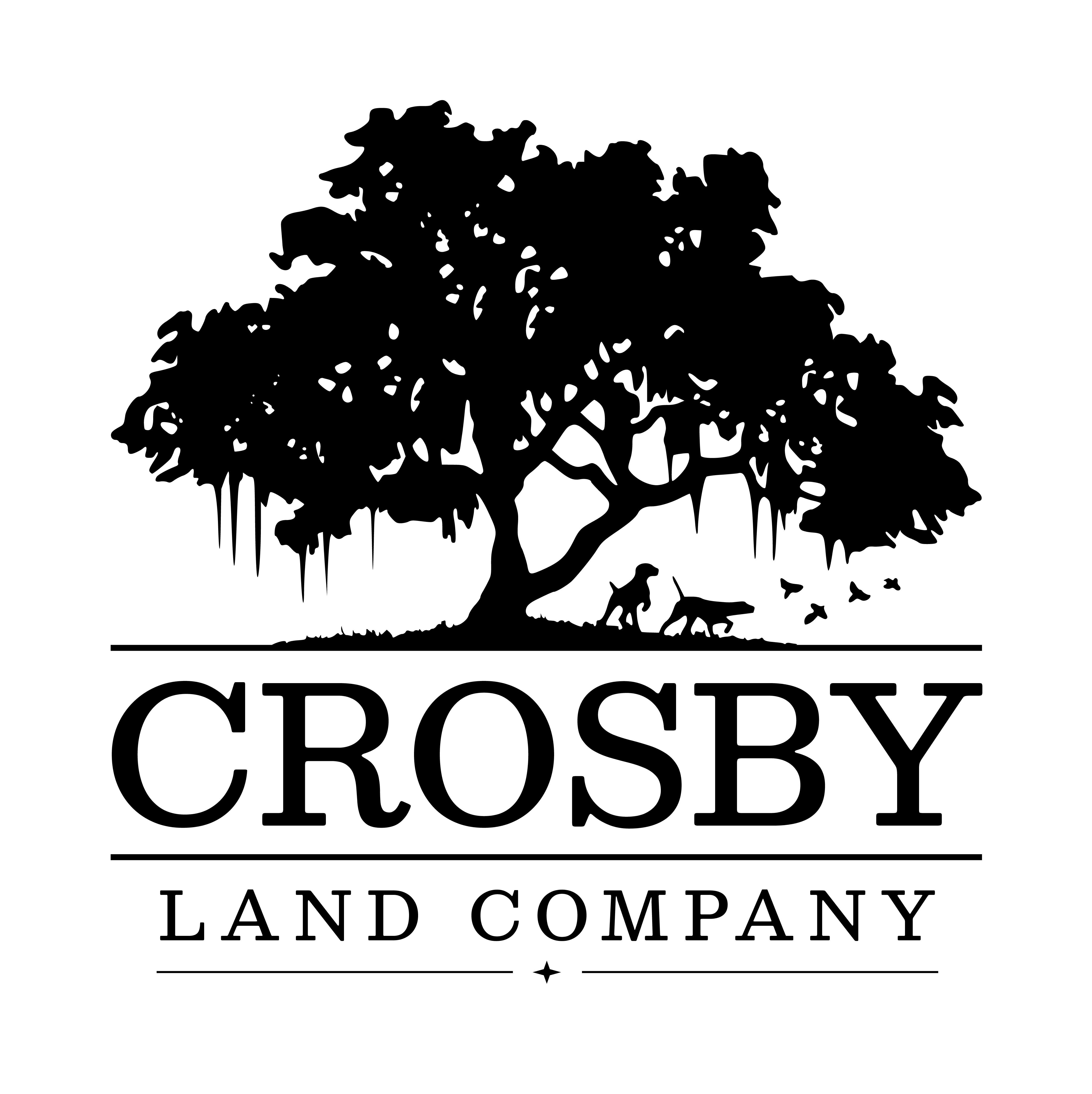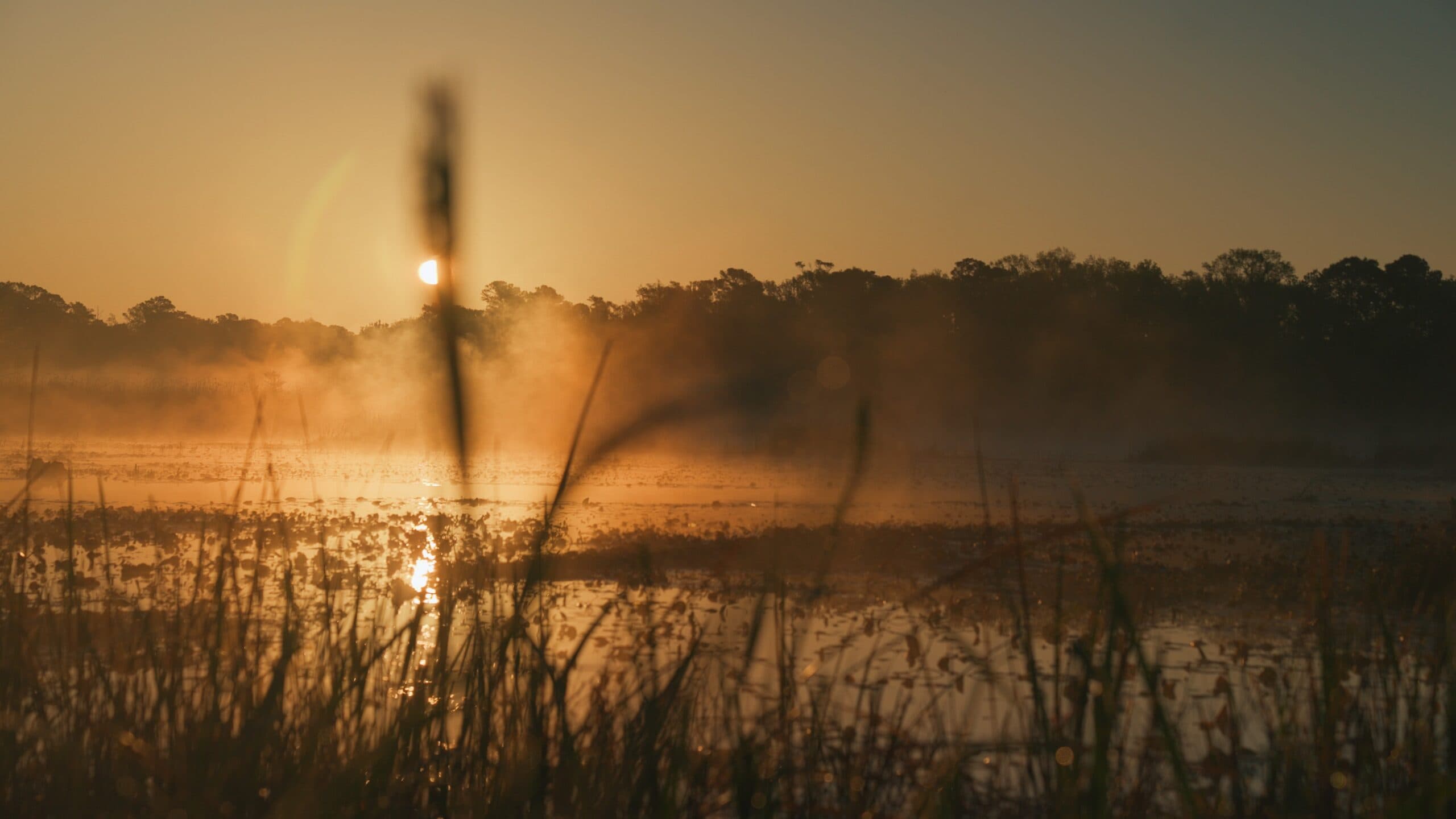Land Prep & Permits You Need for Waterfowl Habitat in South Carolina
For hunters in the Southeast, owning land isn’t just about property lines—it’s about creating experiences, building traditions, and shaping a legacy in the outdoors. If you’re exploring waterfowl hunting land for sale in South Carolina, preparing that land to attract ducks can take your hunting season from decent to unforgettable.
This blog is a guide for new landowners and aspiring stewards who want to create a thriving waterfowl habitat. From smart land prep to understanding the permit process, here’s what you need to know to make your property a magnet for migrating birds.
Why South Carolina Is Prime for Waterfowl Hunting
South Carolina is part of the Atlantic Flyway—a major migratory route used by ducks, geese, and other waterfowl. Its mix of freshwater wetlands, tidal marshes, impoundments, and rice fields makes it a natural stopover and wintering ground for many species.
Especially in the Lowcountry, you’ll find:
- Mottled ducks, mallards, wood ducks, teal, gadwalls, and (occasionally) pintail
- Seasonal migrations that peak from November through January
- Favorable climates and long traditions of managed hunting properties
If you’re considering waterfowl hunting land for sale, you’re in the right place geographically and culturally.
Step 1: Identify the Right Landscape Features
Before selecting a property, know that not all properties are not equal. Most properties can attract wooducks but the highly sought-after puddle ducks will only be attracted to certain areas.
- Natural Wetlands: Seasonal flooding areas, swamps, or low-lying fields
- Existing Ponds or Impoundments: Shallow water areas between 6″ and 18″
- Flood Potential: Can the land be controlled or manipulated to hold water seasonally?
- Proximity to Other Flyway Properties: Your hunting land is more attractive when part of a larger network of habitats
If these features are already present or could be developed, you’re working with strong potential.
Step 2: Land Preparation for Attracting Ducks
Once you’ve identified the natural advantages of your land, it’s time to enhance them. Smart land preparation is key to building a reliable waterfowl destination.
Build or Restore Impoundments
Impoundments are man-made or managed low-lying areas that can be flooded during hunting season. Consider:
- Excavation to create low basins
- Dikes or berms to hold water
-
Flashboard risers, rice field trunks and other water control devices
Plant Waterfowl-Friendly Crops
Flooded food plots are one of the best ways to draw ducks. Choose high-energy crops like:
- Japanese millet
- Browntop millet
- Smartweed (native)
-
Proper moist soil management can produce natural feeds like widgeon grass, bulrush and red root that are highly desirable and nutritious for wintering waterfowl
- Corn (if possible, with minimal tilling)
Timing matters: plant in late spring or early summer so that mature crops are ready for fall flooding.
Encourage Native Wetland Vegetation
Drawdowns (draining impoundments during growing season) stimulate natural food plant growth. Smartweed, wild millet, and sedges provide quality forage for ducks without needing heavy planting.
Limit Predators and Human Disturbance
Keep the area quiet and limit foot traffic, especially as birds begin arriving. Managing predators like raccoons and coyotes can also help boost nesting success.
Step 3: Understand the Permitting Process in South Carolina
Creating or modifying wetlands and impoundments can trigger several permitting requirements. Planning ahead ensures you stay legal and avoid costly setbacks.
- Federal Permits (Clean Water Act – Section 404)
Any dredging, filling, or alteration of wetlands or waterways may require a permit from the U.S. Army Corps of Engineers. They’ll assess the environmental impact and require mitigation if necessary. - State Permits (SCDHEC)
The South Carolina Department of Health and Environmental Control (DHEC) oversees water quality and stormwater management. You may need:
- A stormwater permit for any land disturbance over a certain acreage
- Water quality certification if impacting wetlands
- Water Control Structures
Installing dikes, levees, or culverts requires engineering and may involve additional approvals. - Wildlife Habitat Improvement Program (WHIP)
Landowners can apply for cost-sharing and technical support through federal programs like WHIP or EQIP (Environmental Quality Incentives Program), administered by the NRCS.
Pro tip: Work with a land broker who understands these requirements and can refer you to qualified wetland consultants or engineers.
Step 4: Wildlife Management Best Practices
Creating habitat is just the beginning. Long-term success depends on managing the land for the benefit of the birds and the hunt.
Flood Timing: Flood impoundments in early fall and maintain shallow water throughout the hunting season. Gradual flooding mimics natural cycles and provides consistent feeding.
Rotate Food Plots: Rotate between millet, corn, and native vegetation to avoid soil depletion and keep ducks interested year after year.
Maintain Rest Areas: Set aside non-hunted zones within your property to give birds a place to feel secure.
Limit Overhunting: Too much pressure can drive birds off the property. Rotate blinds and give spots time to rest.
Monitor Invasive Species: Keep an eye out for aggressive plants like alligator weed or phragmites that crowd out duck-friendly vegetation.
Step 5: Making It Personal & Purposeful
For many hunters, the real reward isn’t just the number of ducks on the strap—it’s watching their children call in their first mallard, or standing in the mist of a flooded timber hole with a close friend. Buying legacy land allows you to craft those moments season after season.
- Are you building for family weekends or outfitted hunts?
- Do you want income from hunting leases?
- Will you include a cabin, lodge, or other structures?
The answers shape your land prep decisions and help ensure your investment aligns with your vision.
South Carolina offers a rare opportunity for new landowners to shape not just the land, but the outdoor lifestyle they want to live. With the right plan, a strong team, and a deep respect for wildlife, your property can become a thriving waterfowl destination.
And if you’re still in the early stages, exploring waterfowl hunting land for sale, work with a land broker who knows how to identify high-potential properties, navigate permitting, and connect you with the right experts.
With intention and preparation, your land can be more than a hunting spot—it can be your legacy.

